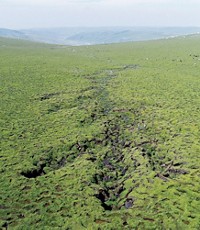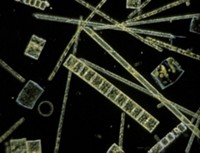Advertisement
Grab your lab coat. Let's get started
Welcome!
Welcome!
Create an account below to get 6 C&EN articles per month, receive newsletters and more - all free.
It seems this is your first time logging in online. Please enter the following information to continue.
As an ACS member you automatically get access to this site. All we need is few more details to create your reading experience.
Not you? Sign in with a different account.
Not you? Sign in with a different account.
ERROR 1
ERROR 1
ERROR 2
ERROR 2
ERROR 2
ERROR 2
ERROR 2
Password and Confirm password must match.
If you have an ACS member number, please enter it here so we can link this account to your membership. (optional)
ERROR 2
ACS values your privacy. By submitting your information, you are gaining access to C&EN and subscribing to our weekly newsletter. We use the information you provide to make your reading experience better, and we will never sell your data to third party members.
Environment
Archaea May Be Key Nitrous Oxide Source
by Elizabeth K. Wilson
August 1, 2011
| A version of this story appeared in
Volume 89, Issue 31
The large quantities of the ozone-destroying greenhouse gas nitrous oxide (N2O) released from Earth’s oceans into the atmosphere may be generated by single-celled archaea, rather than bacteria, scientists report (Science, DOI: 10.1126/science.1208239). Although oceanic bacteria had been thought to produce most of Earth’s marine N2O via oxidation of ammonia and reduction of nitrogen oxides, that idea never jibed with isotopic N2O studies that compared the microbially produced gas with N2O in the atmosphere. Karen L. Casciotti and Alyson E. Santoro of Woods Hole Oceanographic Institution and their colleagues now show that cultures of marine archaea produce N2O via ammonia oxidation. In addition, they found that the isotope ratios of oxygen and nitrogen in the archaea-produced N2O and in atmospheric N2O contributed by the ocean are similar. The results “suggest that ammonia-oxidizing archaea likely play an important role in N2O production in the near-surface ocean,” the researchers write.




Join the conversation
Contact the reporter
Submit a Letter to the Editor for publication
Engage with us on Twitter